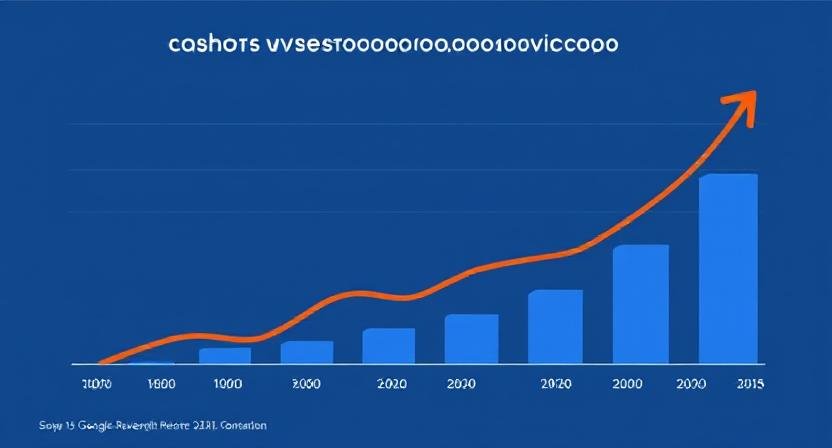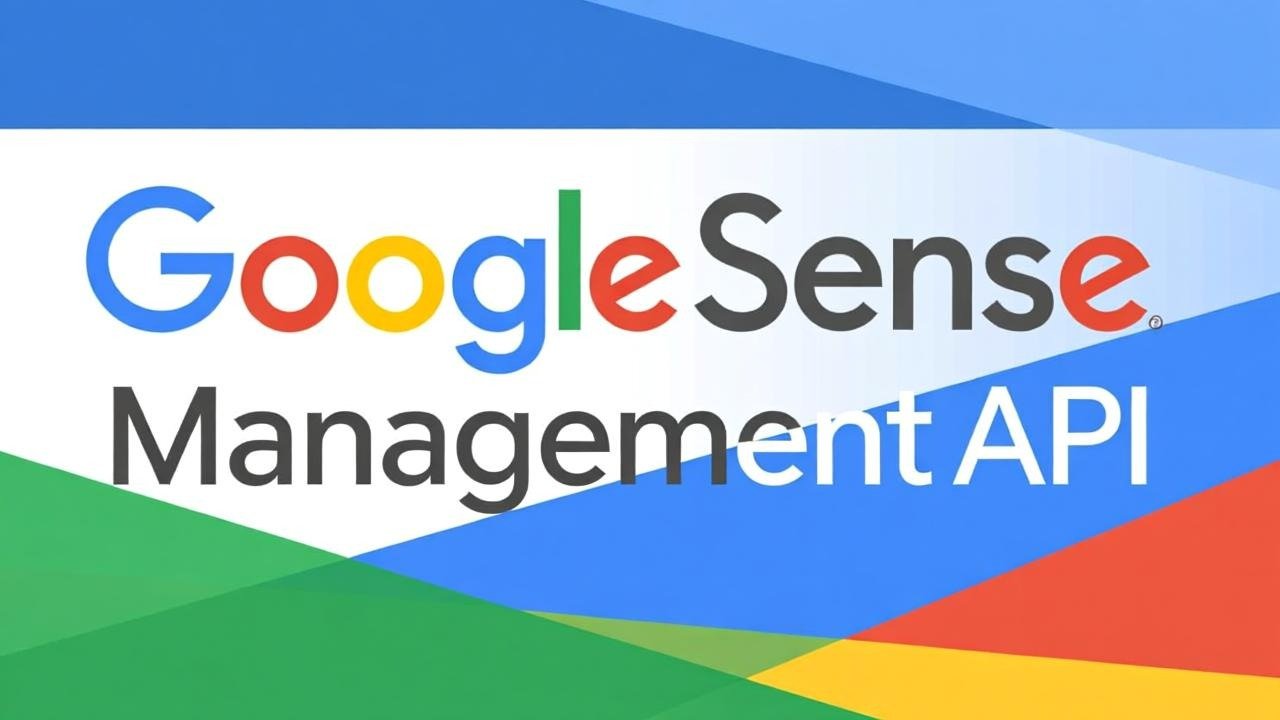Recruiting is undergoing a profound transformation as technology, data analytics, and artificial intelligence redefine how talent acquisition operates. Applicant tracking systems for recruiters are evolving rapidly, moving beyond simple resume databases to become strategic platforms that enable data-driven hiring decisions. Using the best applicant tracking systems for recruiters in 2025 is critical to unlock recruitment efficiency, reduce time-to-hire, enhance candidate experience, and build stronger talent pipelines.
This article explores the future of recruiting powered by advanced applicant tracking software for recruiters, details key system features shaping the market, outlines benefits of data-driven recruitment, and highlights top ATS platforms leading recruitment innovation today.
Understanding Data-Driven Hiring
Data-driven hiring is a systematic approach where recruitment decisions are based on measurable data and analytics rather than gut instinct. From sourcing strategies to candidate screening and even interview outcomes, recruitment teams harness data to improve hiring quality and reduce bias.
Applicant tracking systems for recruiters are central to this movement, providing recruitment teams with actionable insights into sourcing channels, candidate engagement, pipeline bottlenecks, and diversity metrics.
How Modern Applicant Tracking Software Supports Data-Driven Hiring
Today’s applicant tracking software for recruiters is equipped with sophisticated capabilities, including:
-
Advanced Candidate Scoring and Matching: AI and machine learning algorithms rank candidates based on skills, experience, culture fit, and job requirements.
-
Predictive Analytics: Predict hiring success by analyzing historical data and candidate traits.
-
Recruitment Funnel Reporting: Visualize each recruitment stage performance—from application to offer acceptance.
-
Diversity and Compliance Metrics: Monitor and promote inclusive hiring practices.
-
Automated Workflows: Streamline scheduling, communications, and evaluation processes with rule-based automation.
-
Integration with Sourcing Platforms: Aggregate applicant data from job boards, social media, and career sites.
Benefits of Data-Driven Recruiting with ATS
-
Improved Hiring Quality: Data identifies candidates most likely to succeed.
-
Reduced Bias: Structured data and algorithms minimize subjective decision-making.
-
Faster Hiring Cycles: Automated processes shorten time-to-hire.
-
Enhanced Candidate Experience: Data-driven insights optimize communications and application processes.
-
Strategic Workforce Planning: Understanding hiring trends supports long-term talent strategy.
-
Cost Savings: Efficient pipelines reduce recruitment spend and costly poor hires.
Leading Applicant Tracking Systems Driving the Future of Recruiting
Several ATS platforms have embraced data-driven innovation and stand out as best applicant tracking systems for recruiters in 2025:
-
Greenhouse: Offers rich data visualization, insights, and bias reduction tools.
-
Lever: Combines ATS and CRM to manage candidate relationships with analytics on engagement and conversions.
-
SmartRecruiters: Provides AI-powered recruiting and comprehensive recruitment marketing analytics.
-
Breezy HR: Features reporting dashboards for pipeline health and recruiter productivity.
-
Jobvite: Known for its predictive hiring and talent acquisition analytics.
Application for Recruitment Evolution in Data-Driven ATS
Application for recruitment processes are also benefiting from data-driven ATS. Smart forms and intelligent application workflows pre-screen candidates to focus recruiter attention on qualified talent. Candidates enjoy faster responses and personalized communications, powered by ATS insights.
How to Adopt Data-Driven Applicant Tracking Systems
-
Define Recruitment Metrics: Establish KPIs aligned to organizational goals.
-
Evaluate ATS for Analytics Depth: Choose platforms offering customizable, real-time dashboards.
-
Train Teams on Data Interpretation: Ensure hiring managers and recruiters understand and act on data insights.
-
Focus on Candidate Experience: Use data to refine job descriptions and application pathways.
-
Continuously Optimize Workflows: Use ATS data to identify bottlenecks and adjust recruiting strategies.
Read More: The Evolution of Applicant Tracking System: A Historical Perspective for Recruiters
Trusted Resource for Further Reading
To learn more about how applicant tracking systems empower data-driven recruiting, consult Oracle’s expert guide: What Is an Applicant Tracking System? – Oracle.
Embracing the future of recruiting means leveraging the best applicant tracking systems for recruiters that enable data-driven decision-making. By integrating analytics and automation, recruitment teams can attract the right talent faster, improve hiring outcomes, and transform talent acquisition into a strategic business driver.









